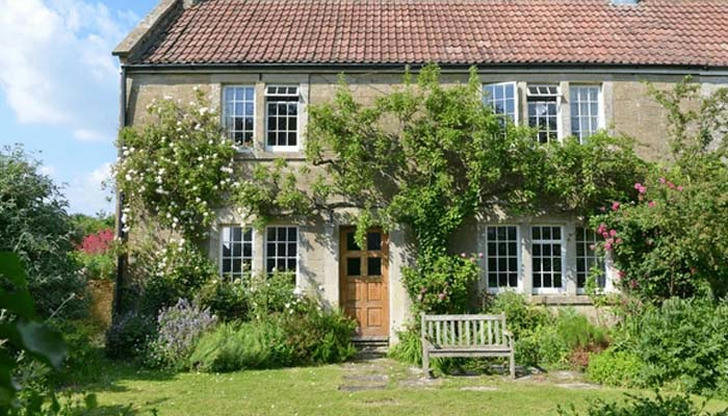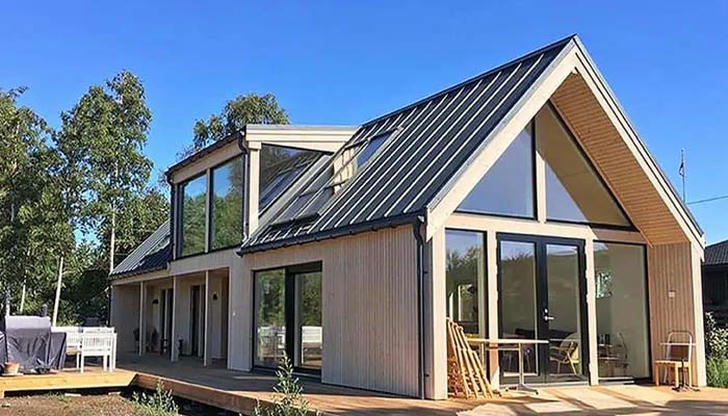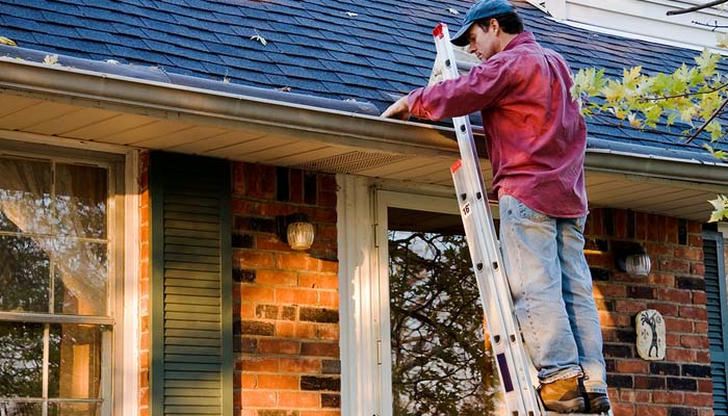The Surprising Impact of Your Home’s Age and Building Materials on Insurance Costs

When you’re shopping for home insurance, you probably think, “Okay, location matters, coverage matters, but what’s this whole age and building materials stuff got to do with my bill?”
Turns out—a lot. Like, enough to make your wallet scream a little.
Let’s get real: your home’s age and what it’s built from can totally jack up your insurance premium, even if your place looks like a dream on Pinterest. Here’s why that sneaky little detail matters way more than most people realize.
Old House, Bigger Bills — Welcome to the “Vintage Tax”

You love your charming old house? Me too. But insurance companies? They see it as a walking risk parade.
Why? Because older homes come with…
Wiring that might belong in a museum — hello, potential fire hazards!
Plumbing that leaks like a sieve — surprise, surprise, water damage claims.
Roofs that have seen better days (aka, they’re ready to let in the rain at the slightest breeze).
Insurance companies look at that and think, “Yep, this one’s gonna cost us.” So, they slap on a higher premium. And guess what? Your “cozy vintage” could be costing you hundreds more every year than a newer, shiny build down the street.
Here’s the kicker:
You could actually save money by fixing those old systems. Updated wiring, modern smoke detectors, a fresh roof — not just good for your sanity but also your insurance bill. So yeah, that renovation you keep putting off? It might pay for itself.
Building Materials: Not Just About Style — It’s About Survival

Ever wondered why some houses have lower insurance rates than others? It’s because what your house is made of literally tells insurers how likely it is to catch fire, flood, or get flattened by a storm.
Brick, stone, concrete? Insurers basically give these houses a thumbs-up. They’re fireproof-ish and tough against bad weather.
Wood-frame homes? They’re the “high-maintenance” kids—easy to damage, easy to catch fire. Premiums go up.
Mobile or manufactured homes? Oh boy. Expect your insurance to be way more expensive because those homes get hit hardest by storms and other disasters.
So your dream home with all the wooden charm might be secretly making your insurance company sweat — and your premiums skyrocket.
Real Talk: Why This Sucks for You
You could be paying a fortune for insurance just because your house is old or wood-built.
Even if you never had a claim, that “risk” badge is stuck on your policy like glitter on a craft project — impossible to shake off.
Some insurance companies won’t even cover certain old houses without expensive inspections or upgrades.
And surprise! If you do a big renovation but don’t update your insurer, you might end up underinsured. If disaster strikes, your payout won’t cover the full rebuild.
What You Can Actually Do (Besides Crying Over Premiums)
Regular maintenance is your new best friend. Fix leaks, replace old wiring, get a new roof if needed. This isn’t just about keeping your home safe — it’s about showing insurers you’re serious about risk reduction.

Talk to your insurance agent. Ask which home features spike your premium and what upgrades can save you money. Sometimes, just installing smart smoke detectors or security systems nets you discounts.
Keep your insurer updated. Did you renovate? Build an addition? Tell them! Otherwise, you risk getting shortchanged when it comes time to file a claim.
Shop around. Not all insurers weigh age and materials the same way. You might find a better deal if you’re willing to switch.
Buying a Home? Don’t Forget This!

If you’re house-hunting, factor in insurance costs based on home age and materials. That cute fixer-upper might look cheap, but it could cost you big on insurance.
Ask for insurance quotes before you buy. This step can save you from nasty surprises.
Final Thoughts: Insurance Isn’t Just Paperwork — It’s A Relationship With Your Home’s History
Your house’s age and building materials aren’t just trivia facts—they’re key players in your insurance story. Ignoring them is like ignoring your car’s check engine light. You can get away with it for a while, but it’ll come back to bite you, often in the form of higher premiums or denied claims.
So next time you glance at that old wood beam or brick façade, remember: your insurance company is watching. But the good news? You have plenty of power to lower your risk—and your bills—with smart updates and regular TLC.
